Archaeologists from the University of Copenhagen have made a groundbreaking discovery at the 5,500-year-old site of Murayghat in Jordan, revealing a lost civilization's secrets and shedding light on how early communities responded to societal upheaval. The extensive excavations, which began in 2020, suggest that the Early Bronze Age community in Murayghat transformed their way of life, shifting from domestic settlements to ritual landscapes filled with dolmens, standing stones, and megalithic monuments.
According to Dr. Susanne Kerner, a leading archaeologist on the project, the community's transition was a creative social response to climate and societal upheaval. "We believe that the people of Murayghat were able to come together and redefine their identity and territory in the absence of centralized power," Dr. Kerner explained. "This was a remarkable achievement, and one that allowed them to build a sense of unity and shared purpose."
The site of Murayghat, which dates back to around 3500 BCE, was once home to a thriving Chalcolithic culture. However, after the culture's collapse, the community underwent a significant transformation. Instead of living in villages, the people of Murayghat began to construct monumental buildings and ritual landscapes, which served as a focal point for their community. These structures, including dolmens and standing stones, were often aligned with celestial bodies and served as a means of connecting with the divine.
Dr. Kerner noted that the community's focus on ritual and ceremony was a key factor in their ability to come together and build a sense of unity. "The people of Murayghat were able to use these ritual landscapes to create a sense of shared identity and purpose," she said. "This was a powerful tool for building community and fostering social cohesion."
The discovery at Murayghat provides a unique glimpse into the lives of early civilizations and their responses to societal upheaval. As Dr. Kerner noted, "This site is a testament to the resilience and creativity of human societies in the face of adversity." The findings at Murayghat are set to be published in a forthcoming paper in the Journal of Archaeological Science.
The excavation at Murayghat is ongoing, with archaeologists continuing to uncover new insights into the lives of the community. As the project progresses, it is likely to shed further light on the social and cultural dynamics of early civilizations and their responses to societal upheaval.




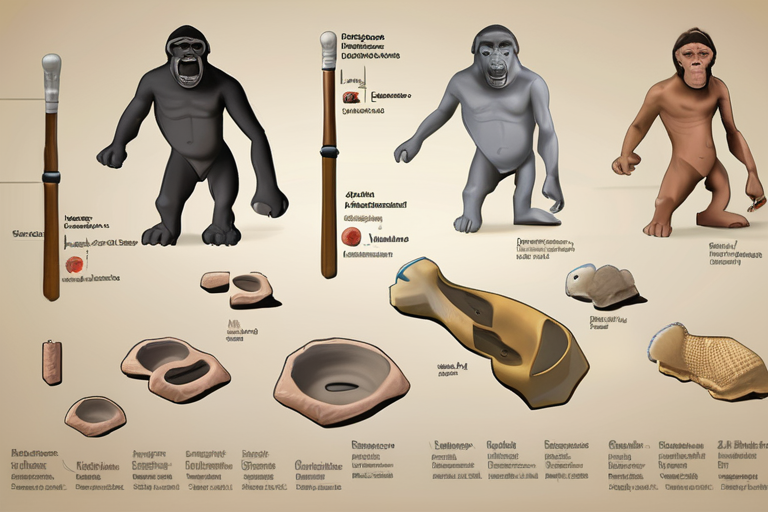
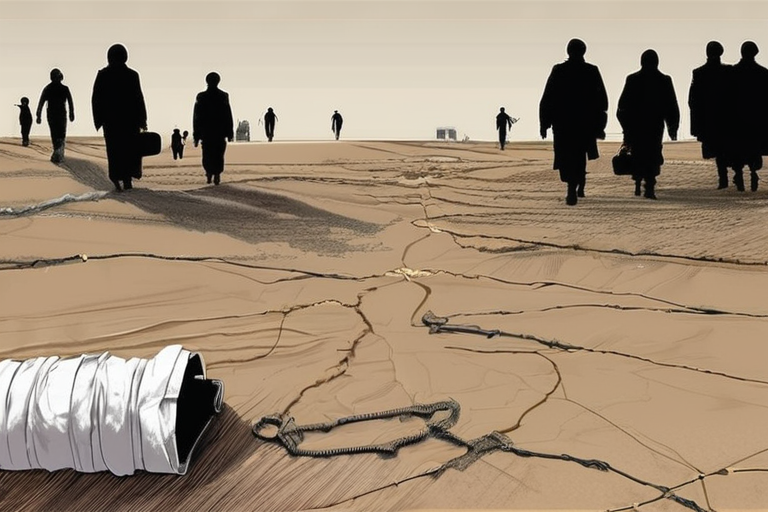
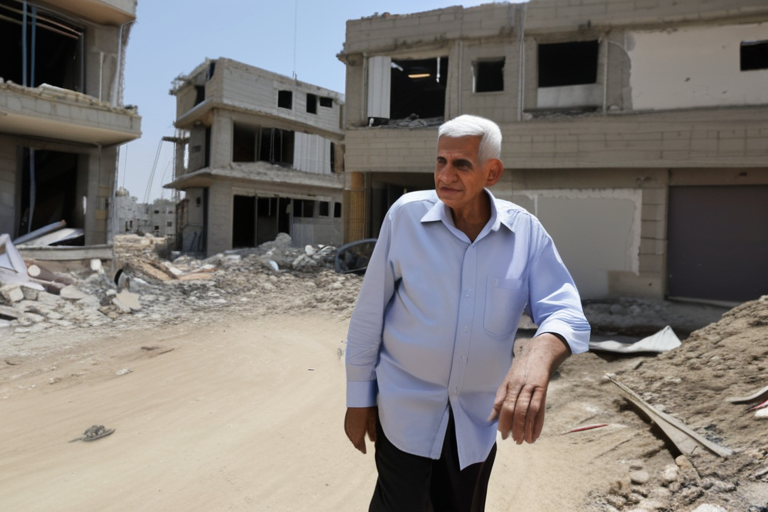
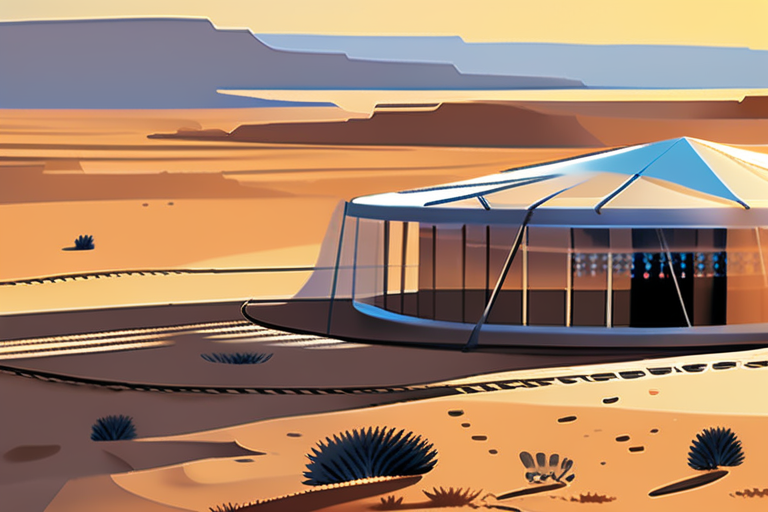
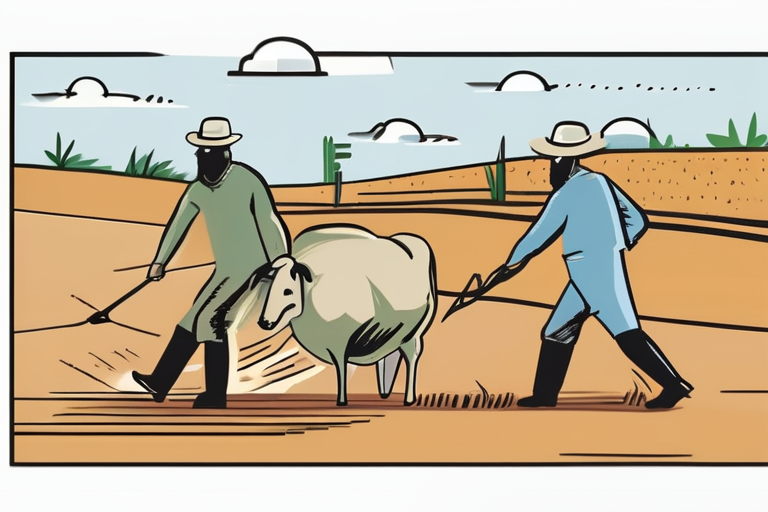




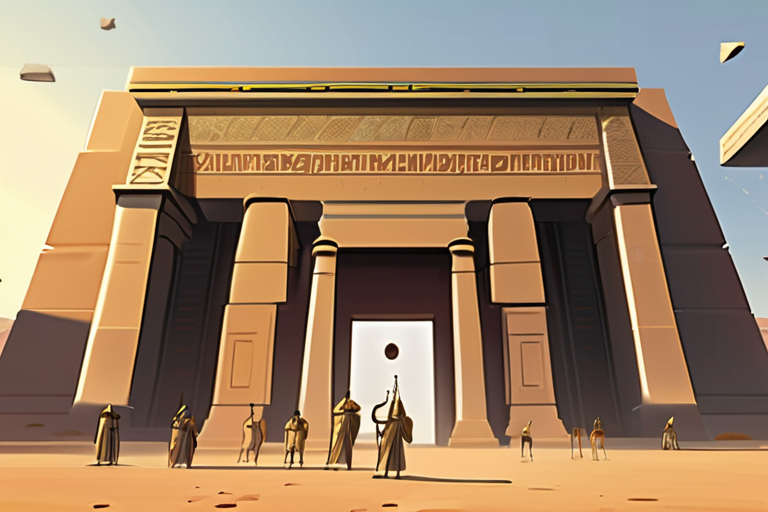
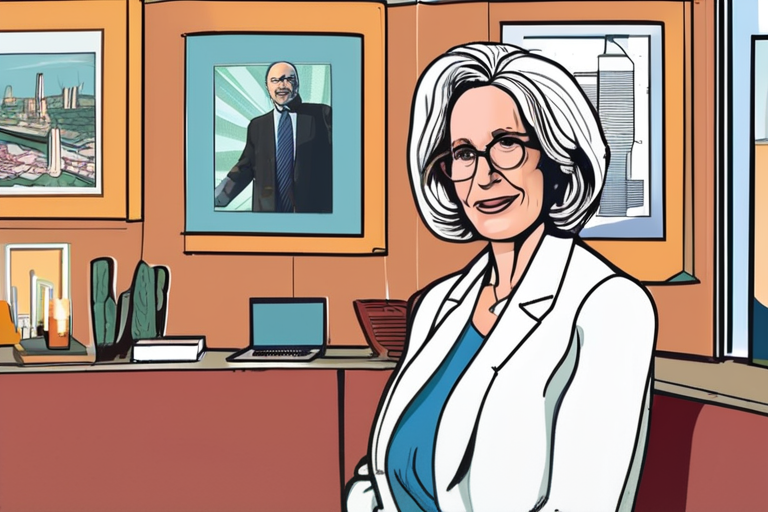
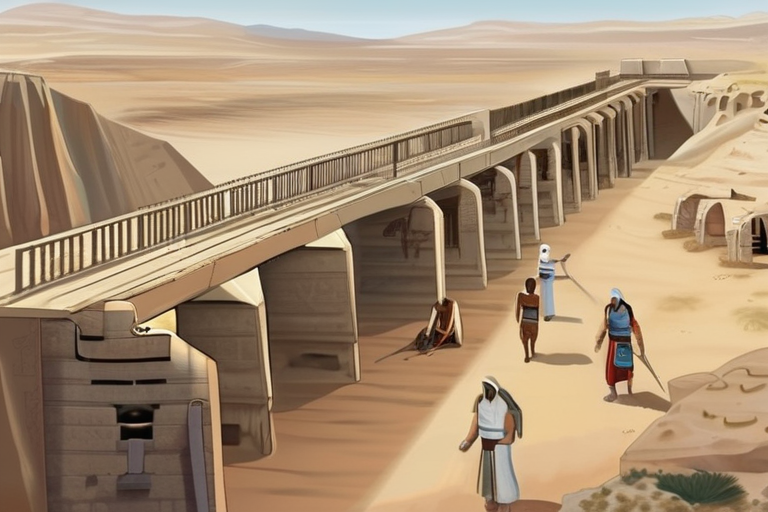
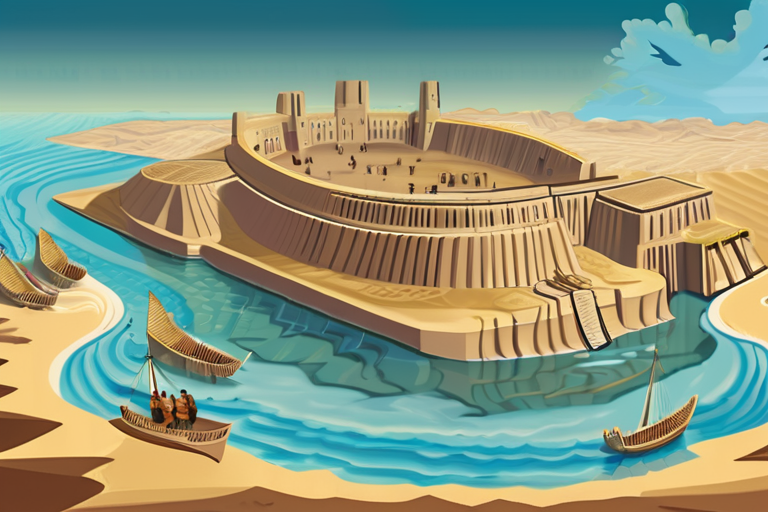

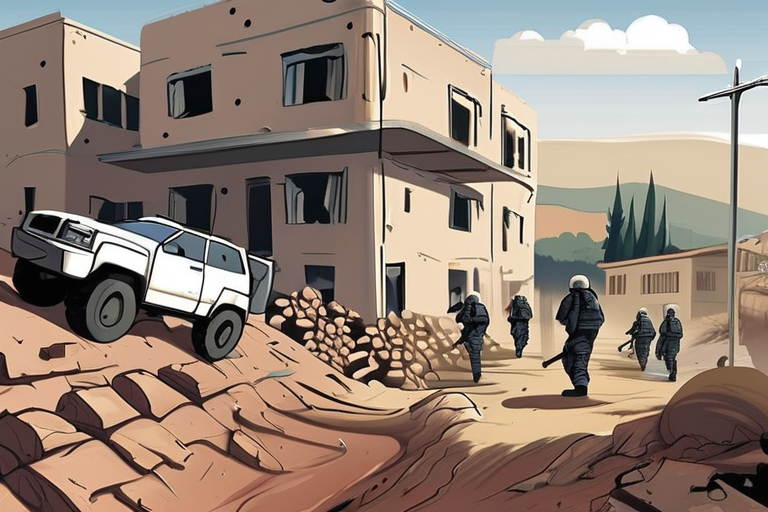


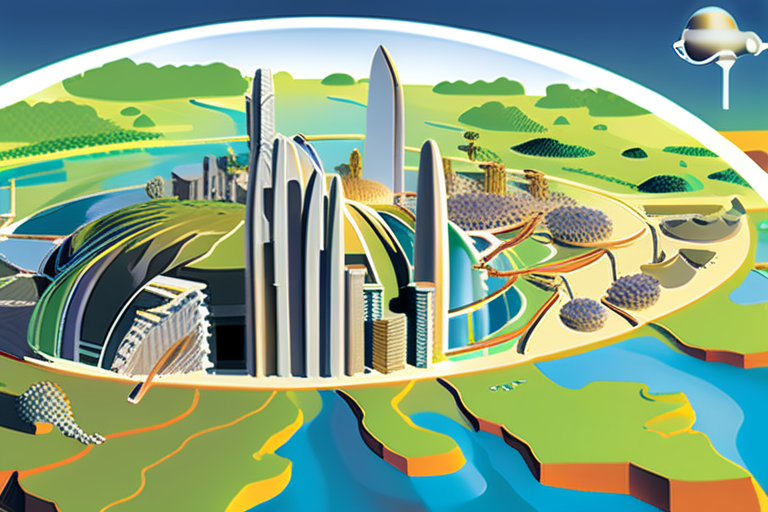
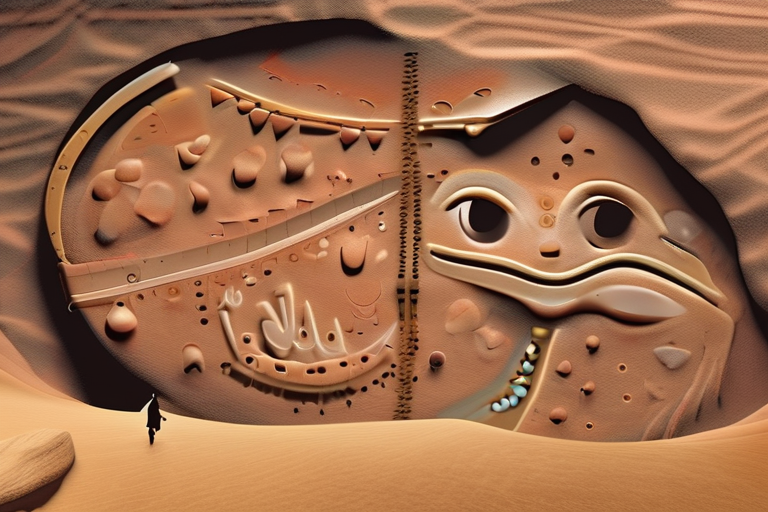
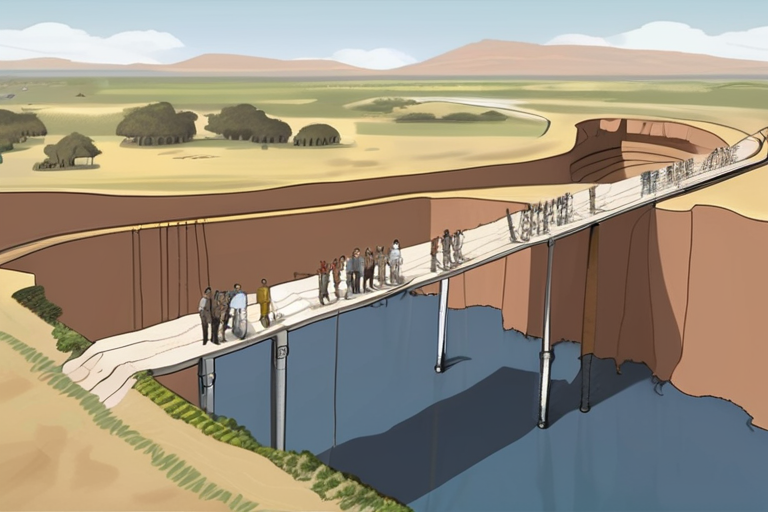
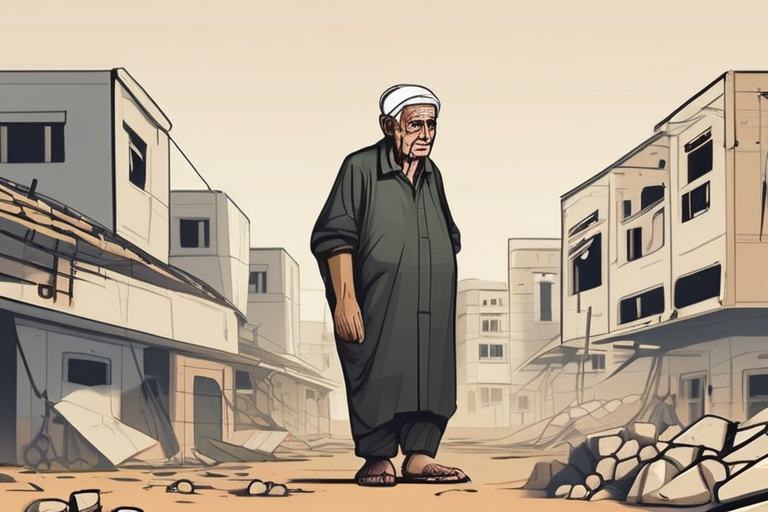
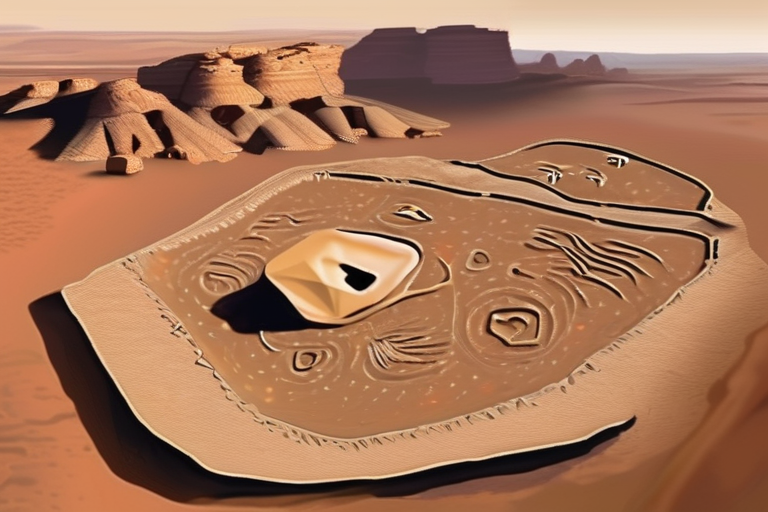
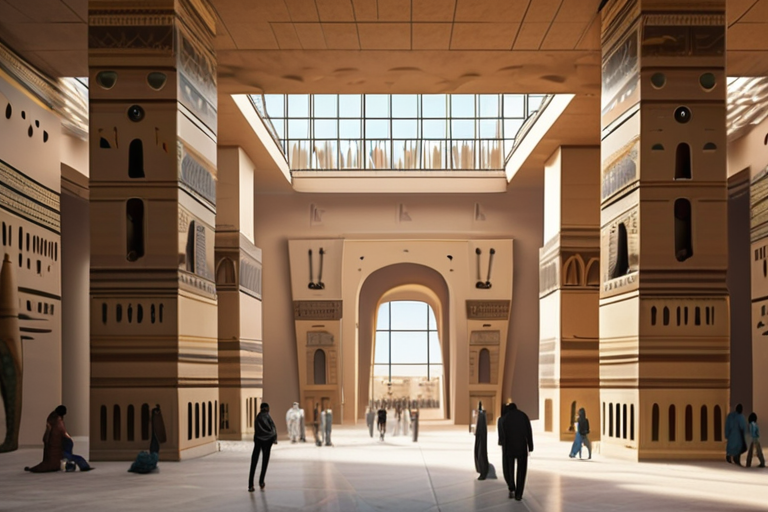
Share & Engage Share
Share this article